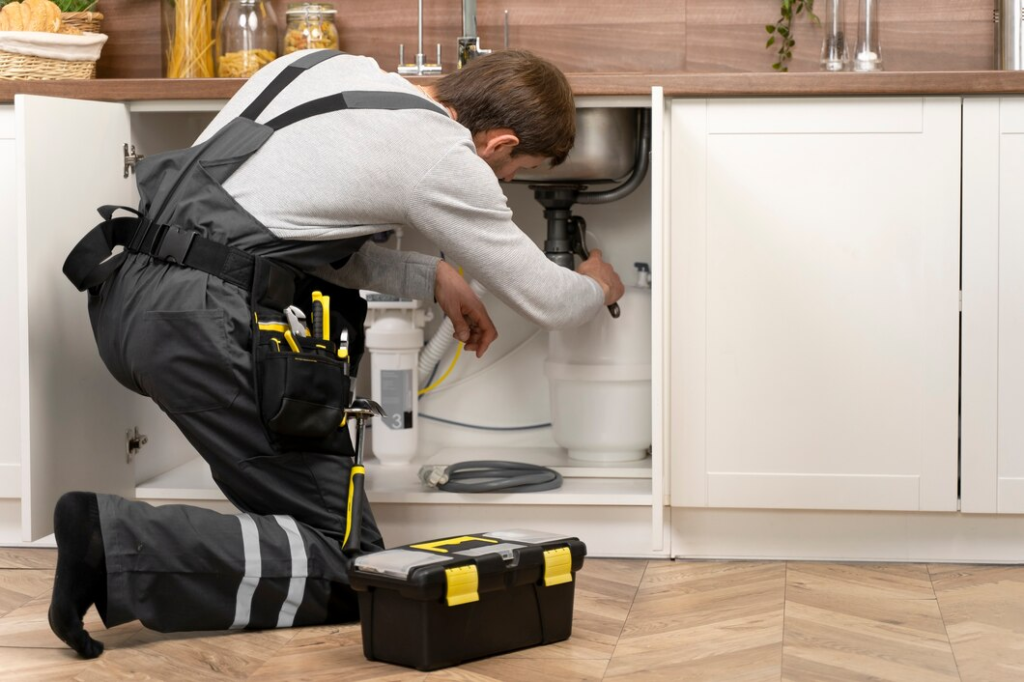Jewelry repair is more than just fixing broken chains or resizing rings. It’s about preserving sentimental value, restoring beauty, and ensuring pieces last a lifetime. Whether you run a jewelry repair shop or you’re an enthusiast learning the ropes, maintaining top-notch repair services is key. This article dives into essential tips that keep your jewelry repair efforts smooth, professional, and trusted.
Understanding Jewelry Repair and Its Importance
Jewelry repair involves restoring or fixing damaged pieces like rings, necklaces, bracelets, or earrings. It can include soldering broken links, replacing stones, polishing tarnished surfaces, or resizing bands. The goal is to bring jewelry back to its original state or sometimes even better. Knowing the fundamentals helps you approach each repair with confidence and skill.
Choosing Quality Tools for Jewelry Repair
The right tools can make or break a repair job. Basic tools like pliers, soldering irons, polishing machines, and magnifiers are essential. Investing in quality equipment not only improves precision but also speeds up the process, which is crucial for successful jewelry repair.
Avoid cutting corners with cheap tools. They might save money initially but often result in poor finishes or damaged pieces. Keep tools clean and well-maintained. Sharp cutters, smooth grips, and reliable heating elements contribute to flawless repairs and reduce frustration, making a significant difference in every jewelry repair task.
Creating a Systematic Workflow for Repairs
Organization is key to managing multiple jewelry repair jobs effectively. A clear system from intake to delivery prevents errors. Label pieces accurately and keep detailed notes about the damage and repair steps.
A structured workflow reduces turnaround time and keeps customers informed. When every step is documented, it’s easier to track progress and avoid missing any detail. This practice builds trust and professionalism, vital in the repair business.
Using Proper Techniques for Different Jewelry Types
Each jewelry type demands unique handling. For instance, soldering a delicate gold chain requires more finesse than repairing a chunky silver bracelet. Similarly, gemstone settings must be handled carefully to avoid loosening or damaging stones.
Learning specialized techniques for various metals and gems enhances your repair quality. Take time to train or refresh skills regularly. This knowledge helps avoid common pitfalls, such as overheating or scratching valuable surfaces.
Maintaining Cleanliness and Safety Standards
Jewelry repair often involves chemicals, heat, and sharp tools. Maintaining cleanliness in your workspace is non-negotiable. A tidy bench prevents accidents and protects delicate pieces from getting scratched or lost.
Safety should also be a priority. Use protective gear like gloves and goggles when handling hot equipment or toxic substances. Proper ventilation is essential, especially during soldering or polishing. These practices protect both you and the jewelry you work on.
Offering Reliable Customer Service in Jewelry Repair
Customer service plays a huge role in the success of jewelry repair services. Clear communication about repair options, costs, and timelines helps manage expectations. Honesty about what can or cannot be fixed builds credibility.
Being approachable and responsive encourages repeat business. Small gestures, like explaining the repair process or offering care tips, leave lasting positive impressions. Remember, every piece you repair carries a story, and customers appreciate the respect you show toward their treasures.
Conclusion
Maintaining jewelry repair services requires a blend of skill, organization, and care. Understanding the materials and techniques lays the foundation for quality work. Investing in the right tools and keeping your workspace safe and clean supports consistent results. A systematic approach and strong customer communication seal the deal.


















